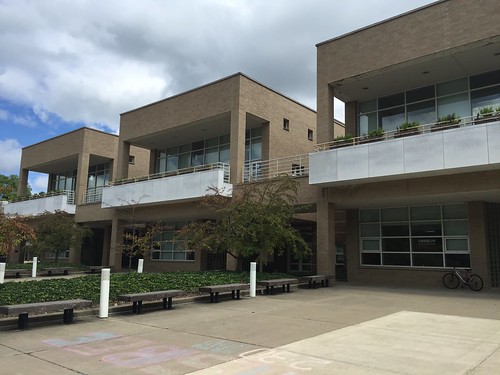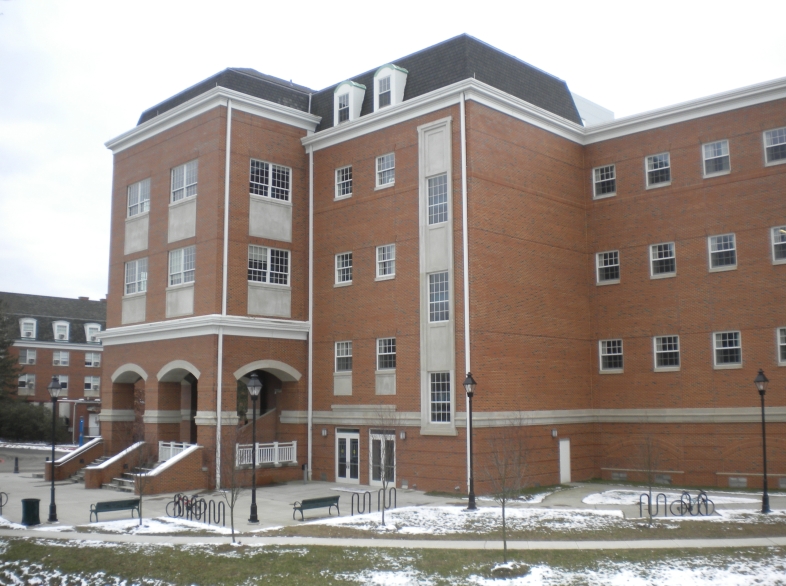Oberlin has a distinct history of challenging intellectual and social conventions. It was the first to adopt a policy to admit students of color and the first to educate women in an undergraduate program. This history shapes the diverse student experience today. Individuality is valued at Oberlin, which fosters strong bonds among an eclectic community of bright and talented students from around the world. Interestingly enough, much of the domestic student body hails from New York and California.
Oberlin is an intellectual community where students explore ideas because they are inspired to learn, not for the sake of grades. Since 1920, more Oberlin graduates have earned Ph.D.s than have graduates of any other predominately undergraduate institution. Wow!
Acceptance: 33%
Freshmen from out of state: 95%
Most popular majors: politics, biology, music
Housing: All freshmen live on campus. Only seniors can live off-campus. The varied housing options include co-ops, several of which focused on foreign languages. For $5, students can rent up to two original works of art to decorate their room (what a deal!). Every dorm has a piano.
4-year Graduation rate: 73%

Academics: Oberlin has been a leader among liberal arts colleges that promote their science offerings, with biology and chemistry being two of their strongest departments. Undergraduates can also major in interdisciplinary programs like neuroscience and biopsychology.
There is no core curriculum but students must take classes humanities, social sciences and natural sciences. Oberlin offers a winter term, which allows independent study in January. Undergrads must complete 3 winter terms to graduate. 75% study abroad and 65% engage in research with faculty mentors.
A nice perk to having a conservatory on campus is that private lessons are free when you take a music class for credit.
Social: Music is big on Oberlin’s campus. My tour guide boasted that there are 2-3 music events held on campus every day. Some of the most popular events feature music performances, such as orchestra concerts, jazz ensemble concerts, opera and theater productions, Friday Night Organ Pump concerts, and Hip Hop Conference. Student radio is the second largest organization. Students actively participate in 200 student groups and 70% engage in service projects.
Financial: Oberlin offers merit aid and need-based financial aid, with 100% of need fully met. Although the tuition and fees are $67,000, the average financial aid package is $37K. 83% of students receive scholarships. Oberlin offers both need-based and merit aid. Oberlin meets 100% of need.
What do you think about Oberlin? What about this college is a good fit for you? Please post your comments below.




